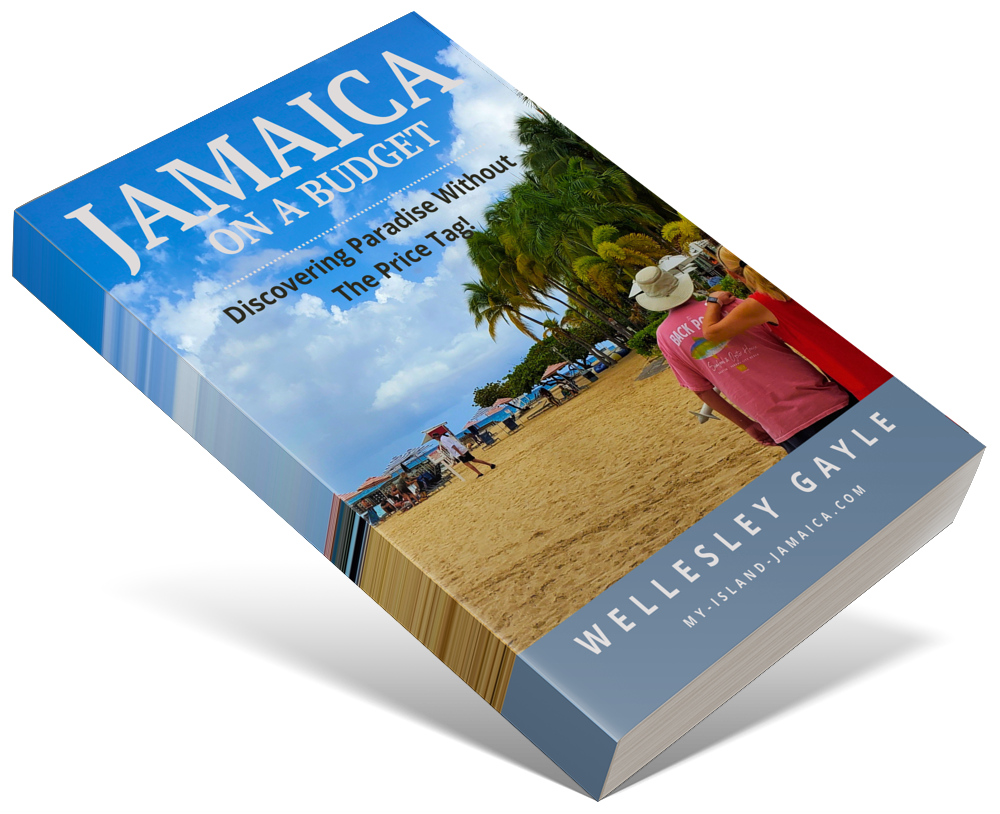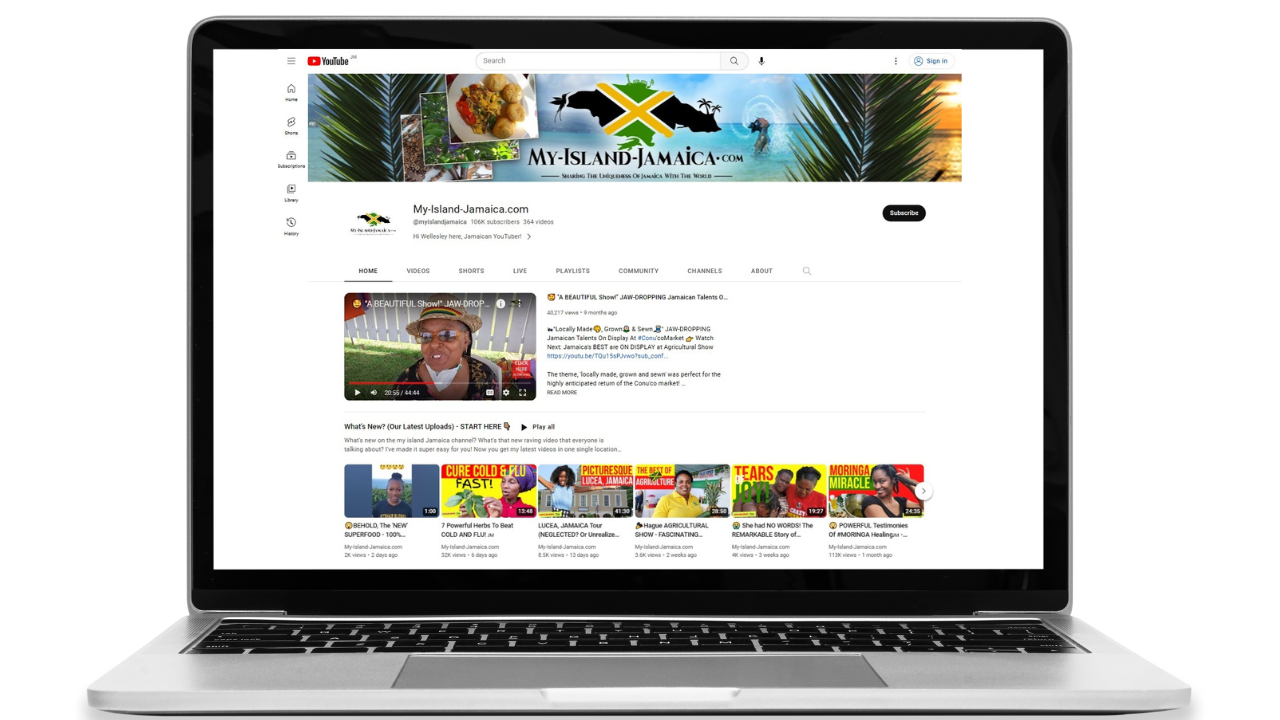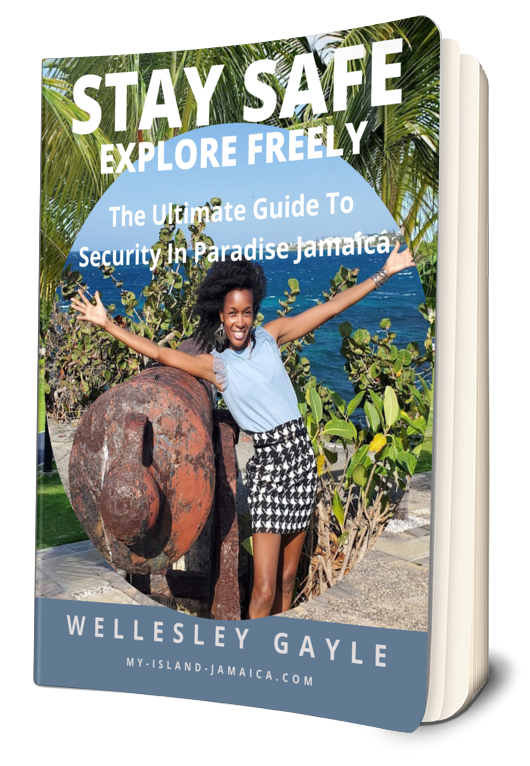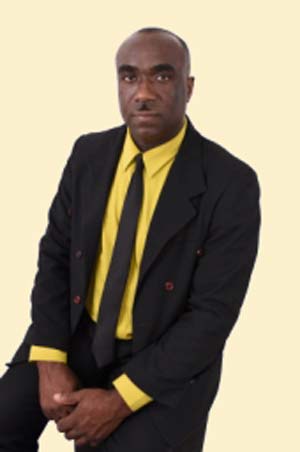Subscribe for all my updates and don't miss a thing! Sign me up!
The Lead Up To Jamaica's Independence In 1962
by Barbara King
(UK and Jamaica)

In 1956, The West Indies Federation was established by the British Caribbean Federation Act with the objective of establishing a political union and unity among its members.
A university was built to train more people to be involved with the Federation and Britain was involved in encouraging steps towards Independence.
The conference to create a Federation was actually held earlier on September 1947 in Montego Bay, Jamaica, where it was agreed the Federation would be political and have a Constitution that was made in 1950. It was completed in 1953 at a conference in London.
The Federation consisted of Jamaica with 17 seats, Trinidad and Tobago with 10, Barbados with 5, St. Christopher, Nevis, Anguilla, Antigua, Dominica, St. Lucia, St. Vincent and Grenada with 2 each and Montserrat with 1.
However, problems arose as the larger groups were concerned about the burden of supporting the smaller countries too much & that it would prove costly to some. British Honduras and Guyana had refused to join.
All the same, the Federation was officially formed 3 January 1958 with the opening ceremony held in the federal capital, Port-of-Spain, Trinidad.
Two political parties were born from the Federation:
- The West Indies Federal Labour Party, that was connected to the Jamaica People's National Party led by Norman Manley.
- The Democratic Labour Party of the West Indies led by Sir Alexander Bustamante and affiliated to the Jamaican Labour Party.
On 25 March, an election was held with the WIFLP winning most seats in the Federation House of Representatives to form the first Government of the West Indies!
Sir Grantley Adam, Premier of Barbados, was the Prime Minister.
On the 22nd of April the same year, the parliament was inaugurated at a ceremony by Princess Margaret on behalf of the Queen, and held at Red House in Port-of-Spain, Trinidad.
After 2 years the Federation severely criticized Jamaica and Trinidad.
Jamaica was questioned for their decision to grant concessions to an oil company allowing them to build and operate an oil refinery on the island.
The Federal Prime Minister threatened to legislate against concessions to companies after 1963 which reportedly perturbed Jamaica.
Jamaica then proposed an alteration in the Federal Government to prevent them from using this power to tax islands and control economies. Jamaica was concerned that the federal plans would disrupt its economic development.
More representatives from the island was demanded, and granted, giving Jamaica 31 seats and Trinidad 15, amounting to 64 members in the House of Representatives.
In May 1960, Sir Alexander Bustamante resigned, as his party was opposed to Jamaica's involvement in the Federation.
A referendum was held September 19, 1961 on whether to withdraw from the Federation completely with the outcome favouring withdrawal.
In 1962, Trinidad also withdrew, and on 31 May 1962, the Federation was abandoned.
By now Jamaica was planning Independence and a new constitution was drawn up similar to the one in use.
In fact, back in February 1962, Independence talks were held in London, England, with delegations from both political parties and the Premier.
An agreement was signed on the 9th of February, with 6 August 1962 planned for Independence.
A general election was held in Jamaica on the 10th of April with a massive 71% turnout at the polls.
The Jamaican Labour Party won with a majority of 26 to 19 the the Peoples National Party.
A celebration Committee was organised to hold the biggest event known in Jamaican history, commencing on 30th July for a period of 2 weeks.
A new National Anthem was made and the new Jamaican flag designed. The 300 year old coat-of-arms was kept but the motto for the island was changed from Latin to English 'Out of many, one people'.
On midnight 5 August, a ceremony was held at the National Stadium where the British flag was lowered and the new one raised.
Similar ceremonies were held in other parishes throughout the island, and Princess Margaret was present for the first Parliamentary opening ceremony.
In the same year four months earlier, troops of the Royal Hampshire Regiment left the island. They were the last of the British troops that had served in Jamaica over 3 centuries! The British police also left.
Alexander Bustamante became Director of Political Affairs and a year later in July 1963, a 5 year Development Plan was laid out in Parliament that was prepared by Edward Seaga, the Minister of Development and Welfare.
This was political freedom that has been dreamt of, and the beginning of a new era where Jamaica was to manage itself independently.
Editor's Note
Hi Barb,
Thanks again for a very insightful article. I look forward to the publication of your complete book on Jamaica's history.
Join in and write your own page! It's easy to do. How? Simply click here to return to Have_Your_Say.
New! Get My Latest Book👇🏿
|
You asked, I've answered! You no longer need to save for months or years, to enjoy paradise! I spilled the beans! sharing my top tips on finding cozy accommodations and secret gems, only the way a native could! Click Here to pick it up on my e-store and start saving now! |
See The Best Of Jamaica - In Videos!
|
My channel reaches over 140,000 subscribers worldwide and has leveraged over 11 million views, sharing, what I call 'The Real Jamaica'. Subscribe today and join our family of viewers. |
Read More ...
New! Experience The REAL Jamaica!
Book Your Private Tour here and experience Jamaica the way we (locals) do!
P.S. Didn't find what you were looking for?
Still need help?
Click Here to try our dependable and effective Site Search tool. It works!
Or, simply click here and here, to browse my library of over 500 questions and answers! Chances are someone already asked (and got an answer to) your question.





